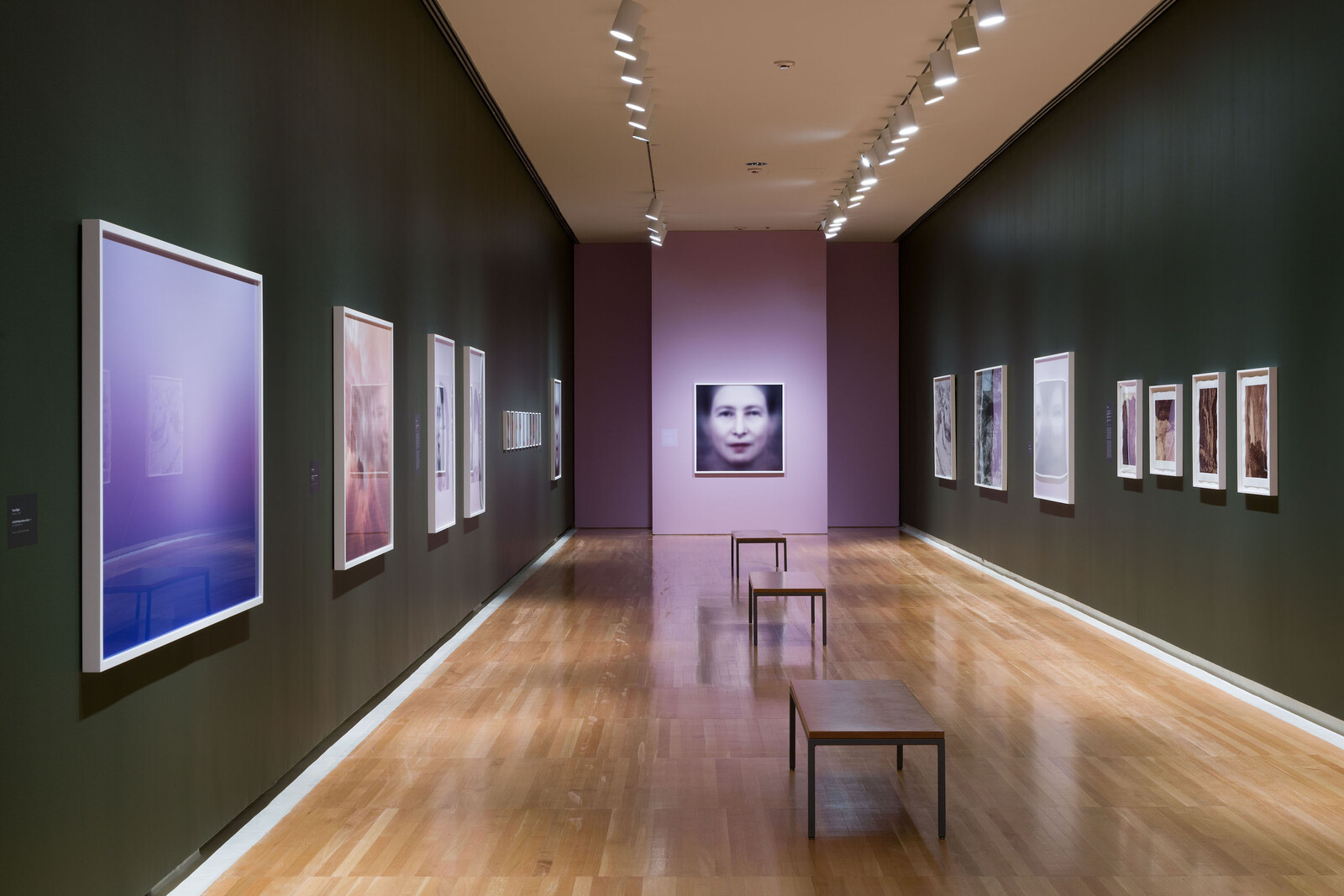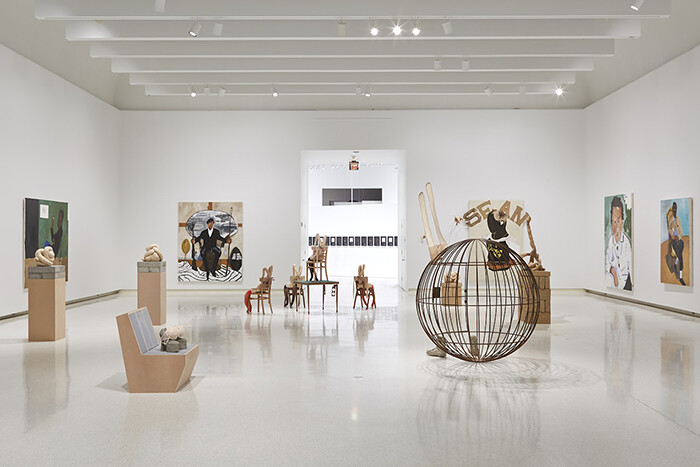Categories
Subjects
Authors
Artists
Venues
Locations
Calendar
Filter
Done
October 7, 2022 – Review
58th Carnegie International, “Is it morning for you yet?”
Noah Simblist

What does it mean to be “international” today? Against a post-pandemic backdrop of hardening borders and resurgent ethnonationalism—in which cross-border solidarity, cooperation, and exchange are increasingly difficult to achieve—the 58th Carnegie International offers a nuanced way forward. The exhibition’s title, “Is it morning for you yet?” is an ancient Mayan saying which also evokes the opening greetings of a video call in which participants introduce themselves across time zones. As the exhibition’s curator Sohrab Mohebbi noted at the press preview, during which he acknowledged that the Guatemalan artist Édgar Calel had introduced him to the phrase, the title also recognizes that we can never exist in different places and be absolutely contemporaneous. By posing a question and inviting us into dialogue, the title suggests how we can be both separate and connected.
Filling the museum’s Hall of Sculpture are artists whose work is critical of US Empire since 1945. Hiromi Tsuchida’s “Hiroshima Collection” is a set of black-and-white photographs that depict the material traces of the death and suffering that Japanese citizens endured in the wake of the US detonation of Little Boy. Produced over two periods at the Hiroshima Peace Memorial Museum, in 1982 and 1995, these objects include …
October 6, 2020 – Review
Trevor Paglen’s “Opposing Geometries”
Anna Mirzayan

Machines have eyes. Calculating, extractive, synesthetic, they collect faces, monitor behaviors and habits, capture your fingerprints, eyes, and voice. So what exactly do these machines see, and how? These questions are explored in “Mirror with a Memory” at the Carnegie Museum of Art, a multi-format endeavor encompassing a collection of essays, a podcast, and Trevor Paglen’s exhibition “Opposing Geometries.” At its entrance is a looping video of interviews with artists, curators, and professors discussing the history and current usages of AI and facial recognition, and the impact of these technologies on privacy, governance, and subjectivity. Photography is overwhelmingly indicted as “not innocent,” not objective: it concretizes the perspective of the photographer, they argue, and is a technology of overexposure, riddled with dangerous overlooked biases. Yet as you move through the gallery, Paglen’s own works appear at odds with the responses offered by his peers. The portraits, landscapes, and installations pose more subtle questions about epistemology and art as forms of production.
“Opposing Geometries” consists almost entirely of photographs. Like Ansel Adams’s landscape photography, which Paglen often references in his work, the large-scale images of national parks and other natural wonders—many of which are strangely saturated with hallucinogenic colors, thanks to …
January 7, 2014 – Review
2013 Carnegie International
Jonathan Griffin

“You can’t bring culture to people, you can only bring it out of them.” That’s Robert Rauschenberg, in a 1968 manifesto titled “Proposals for Public Parks” which the curators of the 2013 Carnegie International—Daniel Baumann, Dan Byers, and Tina Kukielski—have reprinted in the catalog for their exhibition. Rauschenberg’s assertion poses a ticklish problem for the trio, whose assigned mission it has been (as first mandated by Andrew Carnegie in 1895) to bring culture to the people of Pittsburgh. Invigorated by Rauschenberg’s paradox, they have installed an edition of the Carnegie International (last held in 2008) that is both deeply rooted in its historical and geographical situation, and expansive in its purview. Artists from Switzerland and England lure visitors into the museum with eye-catching outdoor sculptures while, inside, the first work one encounters is by Polish artist Paulina Olowska, who has borrowed a collection of puppets from a Pittsburgh theater. Elsewhere, art from New York, Tehran, Zagreb, and Johannesburg seeks to connect the far-flung with the close at hand. And—notwithstanding the peripatetic art crowd that descended on Pittsburgh for the exhibition’s gala opening—it is the local audience that the 2013 Carnegie International seems designed to address.
You will not find Swiss artist …